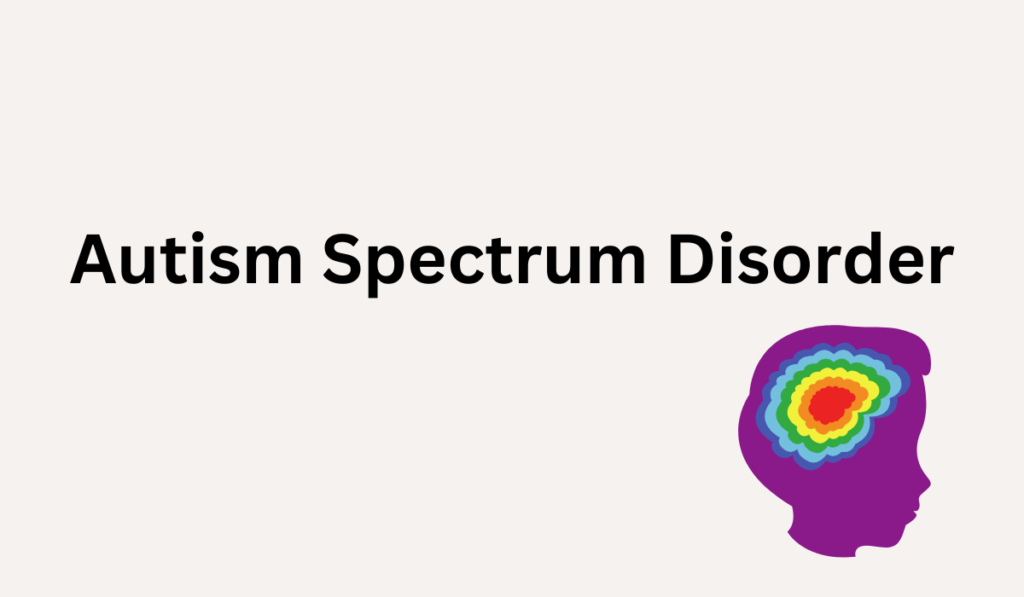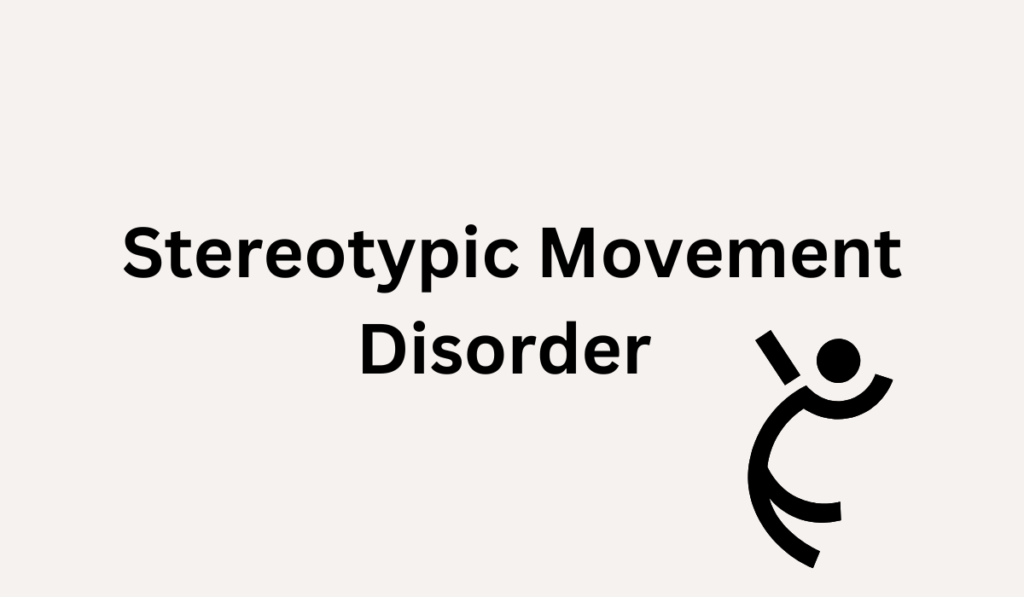
The National Library of Medicine reports that 46% of Americans suffer from severe mental health symptoms. If you are one of these individuals and find yourself frequently rocking back and forth, you may wonder about the underlying cause.
However, rocking back and forth is not necessarily a sign of poor mental health. In fact, this behavior can have various origins beyond mental disorders. If you are unfamiliar with these causes, you are in luck. This blog post will provide an overview of the reasons why people rock back and forth. Let’s begin.
Why Do I Rock Back and Forth?
Body rocking can be caused by a variety of factors, including conditions such as schizophrenia, autism spectrum disorder, and stereotypic movement disorder.
Top 3 Causes of Rocking Body
Rocking back and forth is not exclusive to any one health condition. In fact, there are various diseases and disorders that can cause this behavior. To simplify things for you, we will discuss the top three causes of body rocking. Look!
Schizophrenia
One possible cause of a rocking body is schizophrenia. Schizophrenia is a chronic and severe mental disorder that affects how a person thinks, feels, and behaves. People with schizophrenia may experience a range of symptoms, including hallucinations, delusions, disordered thinking, and abnormal behaviors.
Rocking back and forth is one such abnormal behavior that may be observed in individuals with schizophrenia. It is thought to be a coping mechanism for managing stress or anxiety.
Symptoms of Schizophrenia
Some symptoms commonly associated with schizophrenia include.
- a loss of interest in activities
- decreased participation.
- hallucinations, delusions
- confusion in expression and thought.
- memory loss
- difficulty making decisions.
- challenges in social communication
- explaining their situation to others.
Individuals with schizophrenia often exhibit disorganized behavior and thought patterns. They may experience illusions and respond to stimuli that do not exist. During episodes of hallucinations, patients may rock back and forth to ground themselves and stabilize their perception of reality.
Autism Spectrum Disorder

Autism Spectrum Disorder (ASD) is a neurodevelopmental disorder that affects communication, social interaction, and behavior. It is a spectrum disorder, meaning that it can manifest in a wide range of symptoms and severity levels.
One behavior that is commonly observed in individuals with ASD is repetitive movements or stereotypic behaviors, such as body rocking. These behaviors can serve as a self-stimulating or self-soothing mechanism for individuals with ASD.
The rocking motion may provide sensory feedback, which can help individuals with ASD to regulate their emotions and maintain a sense of calm.
Rocking back and forth is a common behavior observed in individuals with autism spectrum disorder (ASD), which is a neurodevelopmental disorder that affects social interaction, communication, and behavior.
ASD typically begins in childhood and can cause difficulties in socializing, communicating, and adapting to new environments. Some children may exhibit symptoms as early as their first year, while others may not show signs until they are 18-24 months old.
ASD is not limited to children and can also be diagnosed in individuals with other developmental conditions. Here are three key explanations for why individuals with ASD may exhibit rocking back and forth:
Hyposensitivity
Hyposensitivity refers to a reduced sensitivity or response to sensory stimuli. It is a condition that can affect individuals with various neurological and developmental disorders, including autism spectrum disorder (ASD).
Individuals with hyposensitivity may seek out sensory experiences, such as rocking or other repetitive movements, to increase their stimulation and feel more engaged with their environment.
In individuals with ASD, hyposensitivity can affect their ability to process and respond to sensory information, leading to a need for increased sensory input and repetitive behaviors such as body rocking.
Hypersensitivity
Hypersensitivity refers to an increased sensitivity or response to sensory stimuli. It is another condition that can affect individuals with neurological and developmental disorders, including autism spectrum disorder (ASD).
In individuals with hypersensitivity, sensory experiences may be overwhelming or even painful. This can lead to avoidance of certain stimuli or a need for self-soothing behaviors, such as body rocking, to help regulate their sensory input and cope with their environment.
Therefore, both hyposensitivity and hypersensitivity can play a role in why individuals with ASD may exhibit body rocking.
Endorphins
Endorphins are chemicals produced by the body that act as natural painkillers and mood boosters. They are produced in response to various stimuli, including exercise, stress, pain, and pleasure.
Endorphins play a role in the body’s natural reward system, and they can create a sense of euphoria and well-being. This is why activities such as exercise and certain forms of therapy can be beneficial for individuals with neurological and mental health conditions, including autism spectrum disorder (ASD).
Some individuals with ASD may engage in repetitive behaviors, such as body rocking, to stimulate the release of endorphins and experience a sense of pleasure and relief. However, it’s important to note that the underlying reasons for repetitive behaviors in individuals with ASD can vary and may be influenced by a combination of factors.
Symptoms of Autism Spectrum Disorder
The following are common symptoms of autism spectrum disorder (ASD):
- Fails to respond to their names and appears unresponsive.
- Poor eye contact
- Lack of facial expressions
- Delayed speech or lack of interest in speaking
- Difficulty understanding simple directions or questions.
- Repetitive movements such as spinning, body rocking, and hand flapping.
- Engaging in activities that may cause self-harm, such as head-banging or orbiting.
- Unusual sensitivity to touch, sound, or light
If you identify with these symptoms, it may be a sign of ASD. It’s important to seek medical advice as soon as possible for proper diagnosis and treatment. Early intervention can lead to better outcomes and improved quality of life.
Stereotypic Movement Disorder

Stereotypic Movement Disorder is a neurological condition characterized by repetitive, involuntary movements that can appear purposeless or may have a specific function. These movements may include body rocking, head banging, hand flapping, finger tapping, and other repetitive behaviors.
Unlike Autism Spectrum Disorder and Schizophrenia, Stereotypic Movement Disorder is not associated with any specific cognitive or social impairments. It can occur in individuals of any age and is often associated with developmental delays, intellectual disability, or genetic conditions.
The exact cause of Stereotypic Movement Disorder is not fully understood, but it is believed to involve abnormalities in the brain’s motor control and reward systems. Treatment options may include behavioral therapies, medication, or a combination of both, depending on the individual’s needs and the severity of their symptoms.
There are two ways to determine if you may have Stereotypic Movement Disorder. The first is to consult a doctor and share your concerns with them. They may conduct specific tests to diagnose your condition.
Alternatively, you can assess yourself for symptoms of the disorder. Here are some common symptoms of Stereotypic Movement Disorder:
- Body rocking and head banging.
- Self-biting and nail-biting
- Skin-picking and self-injury
- Continuous smiling
- Head nodding and thumb sucking.
- Face slapping and mouthing of objects.
- Abnormal skipping or running
- Teeth grinding and hair pulling without any apparent reason.
- Excessive hand movements and other repetitive motions
If you experience any of these symptoms, it’s best to consult with a doctor as soon as possible. Early diagnosis and treatment can lead to a higher rate of recovery and better management of the disorder.
Final Words
You now understand the reasons why people may rock back and forth, which can include Schizophrenia, Autism Spectrum Disorder, and Stereotypic Movement Disorder. Along with these disorders, we have provided the common symptoms to be aware of.
It is important to have a good understanding of these symptoms so that you can identify if you or someone you know may be experiencing one of these disorders. This awareness can help you seek appropriate care and treatment, which can lead to better outcomes in managing the condition.